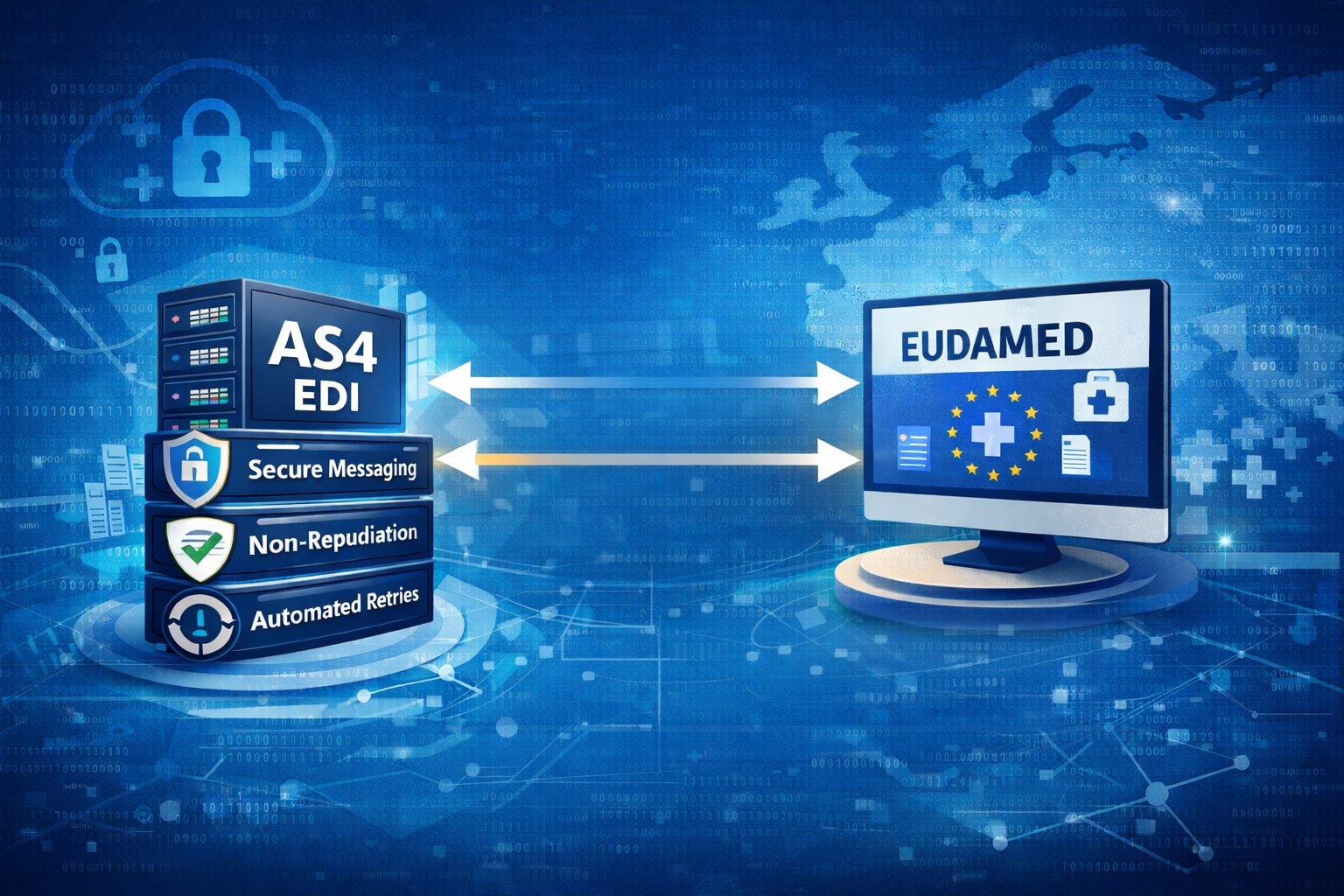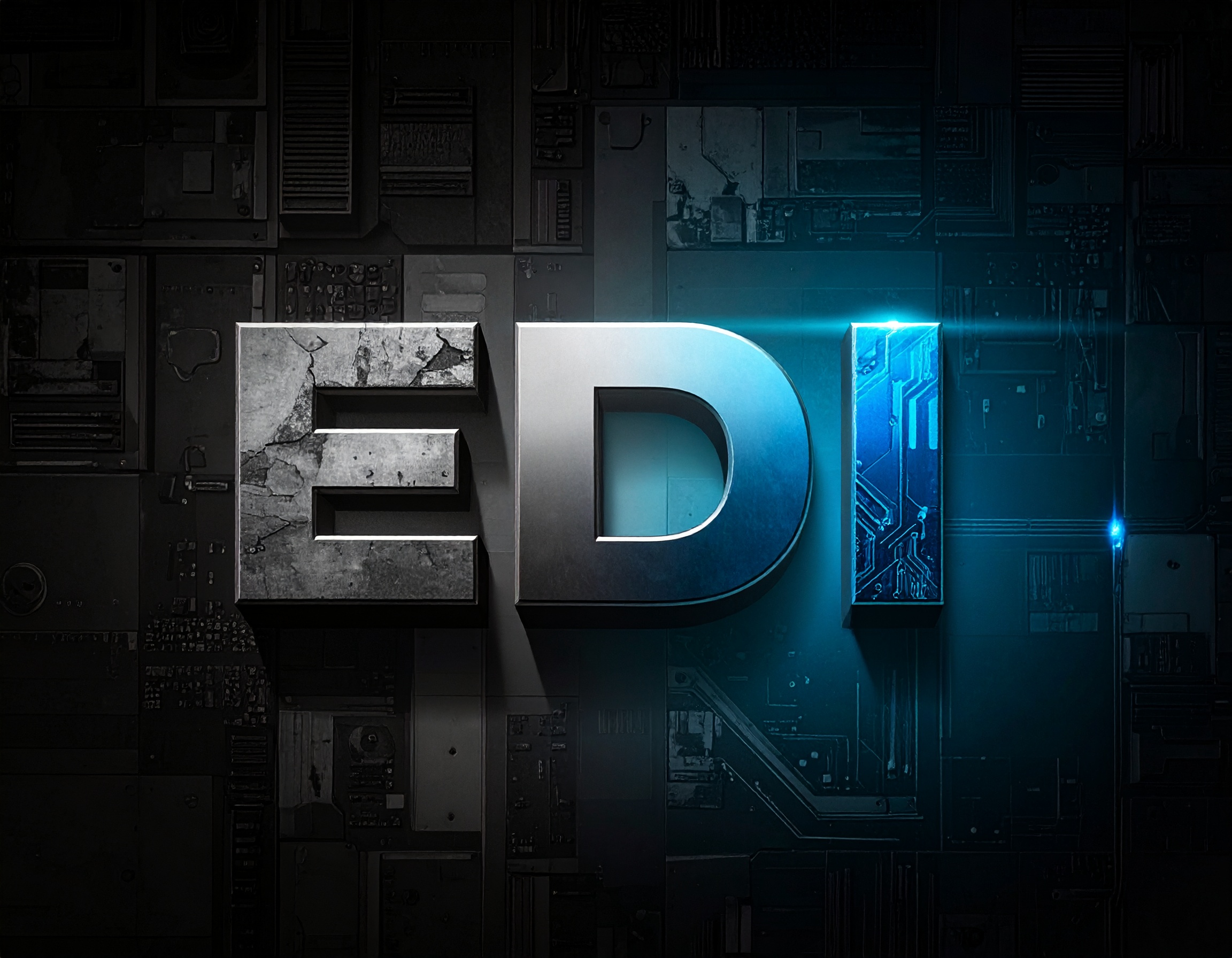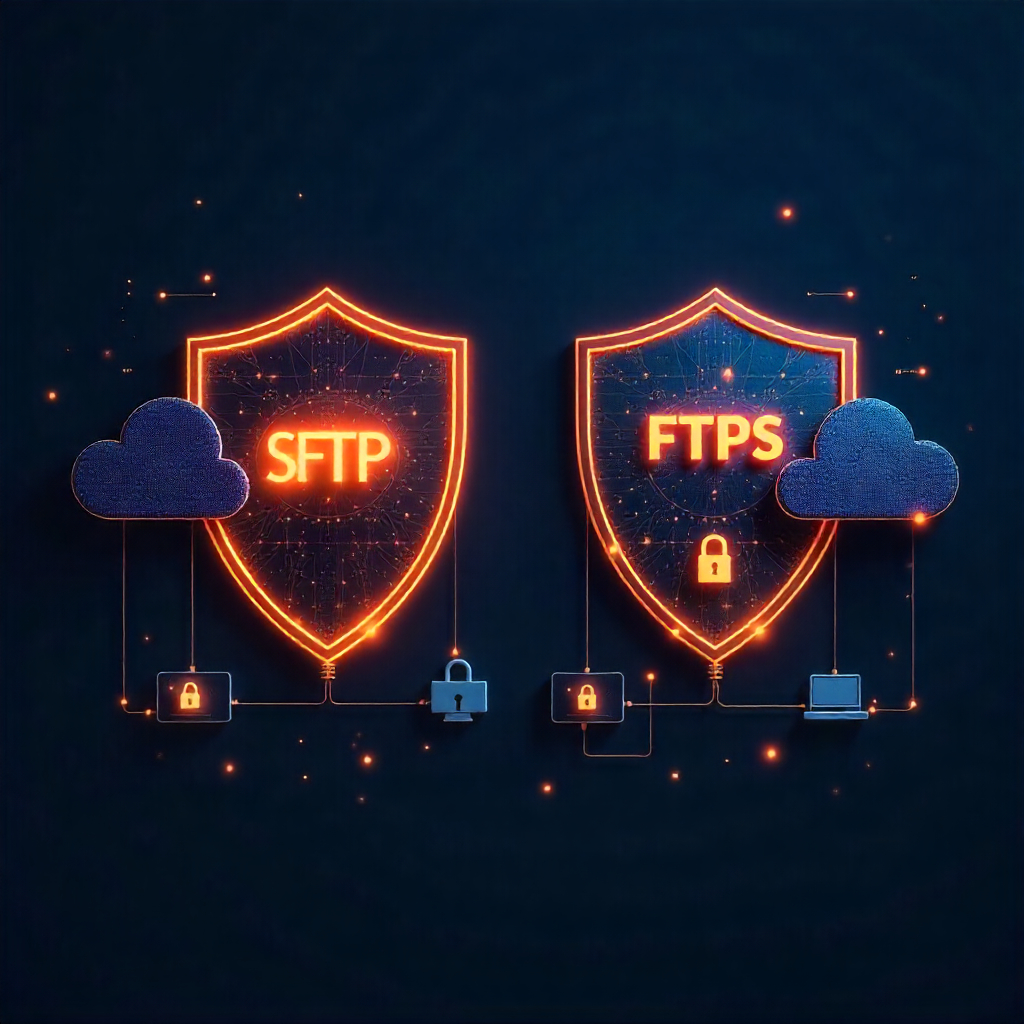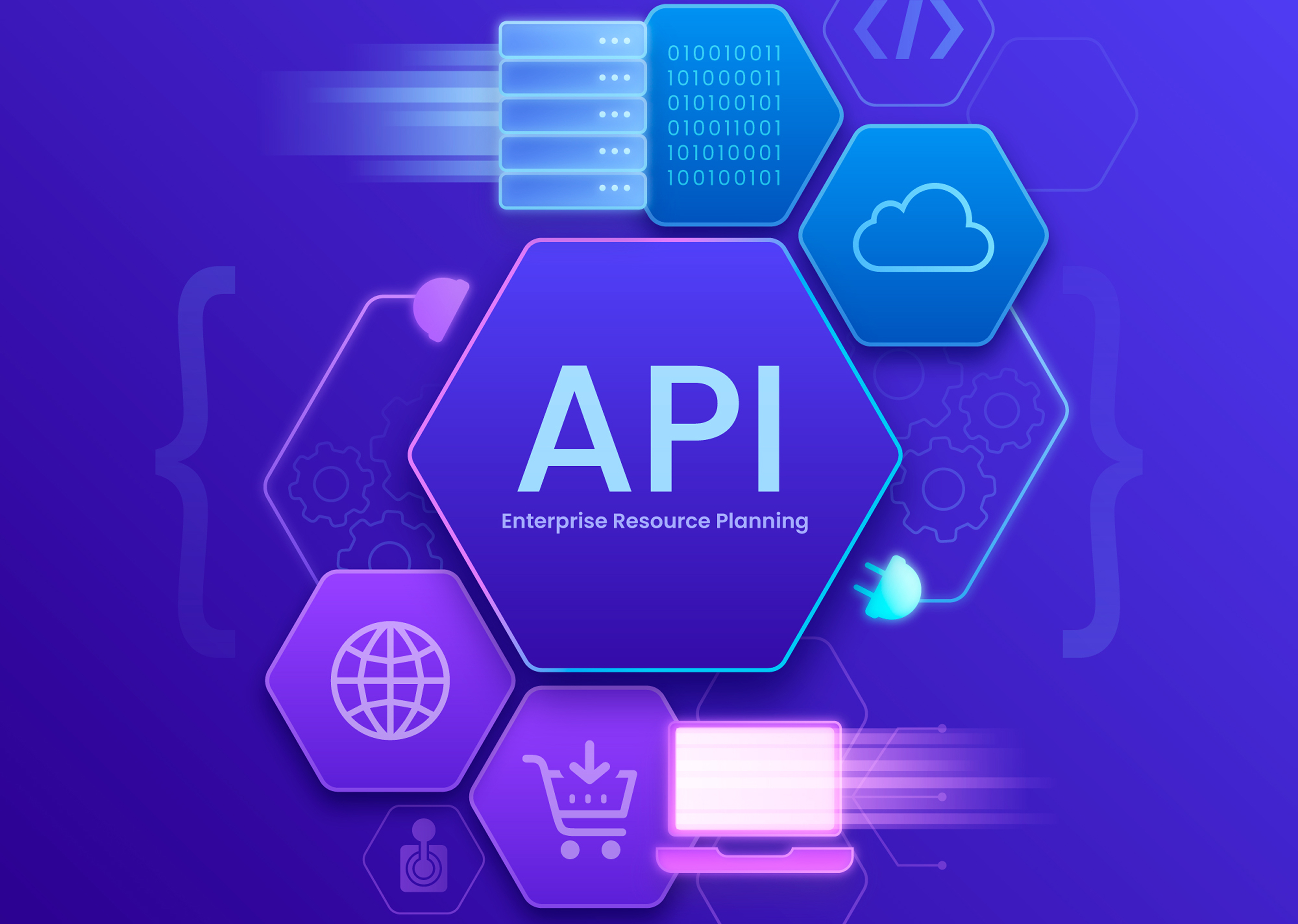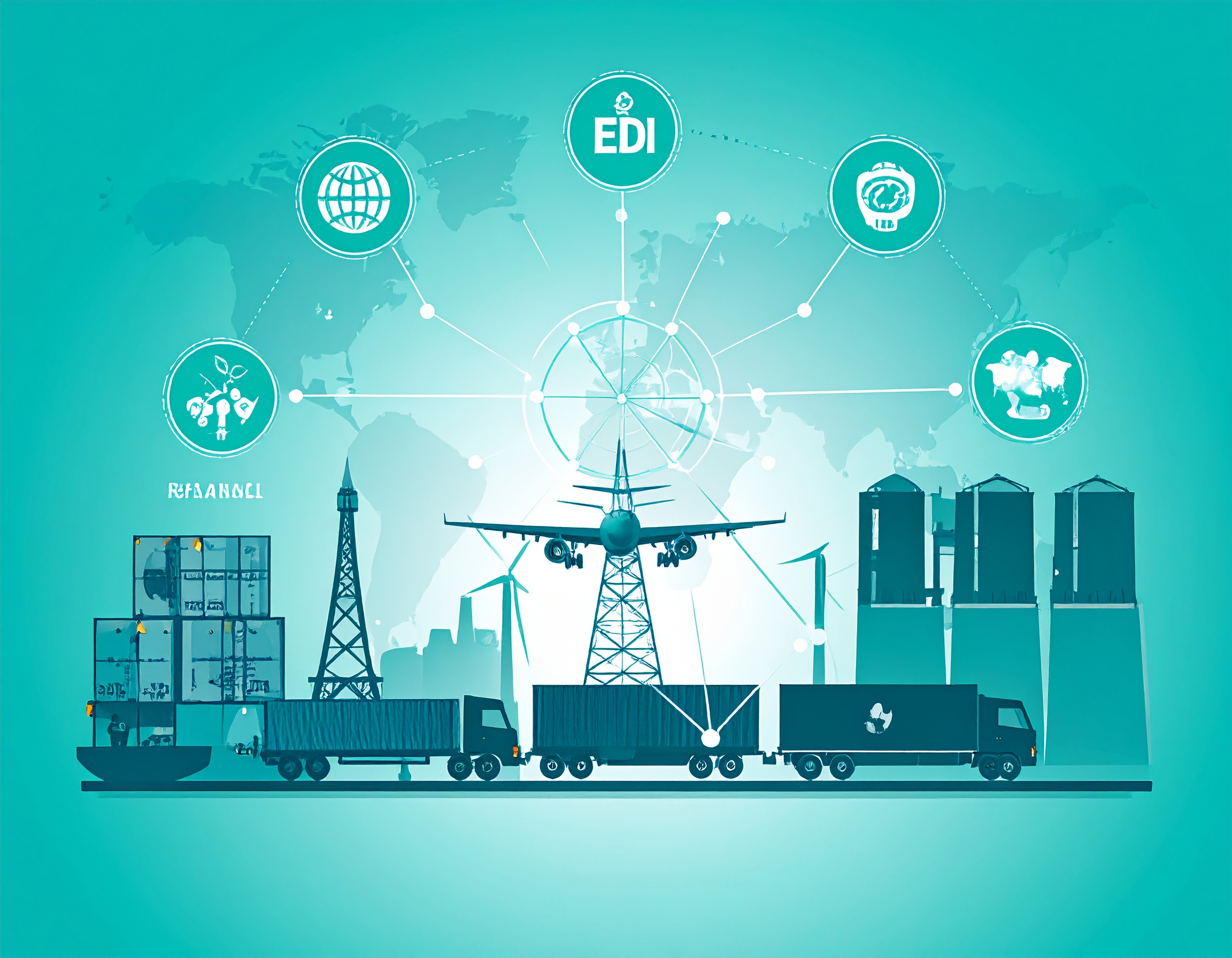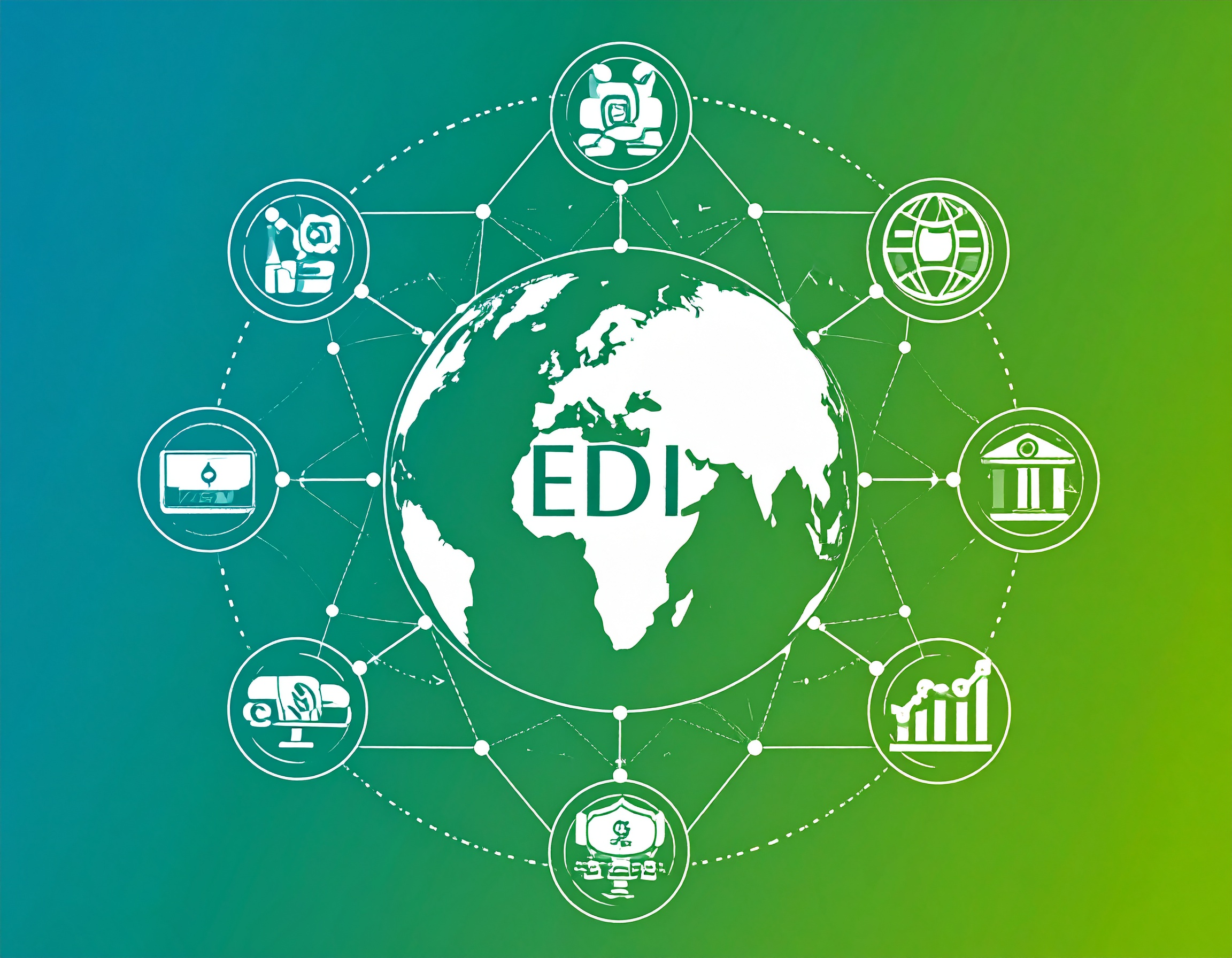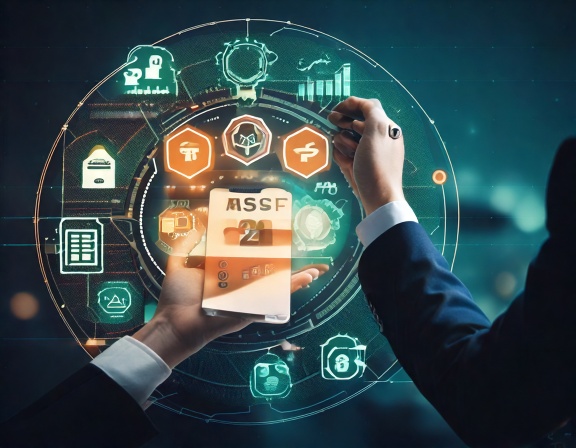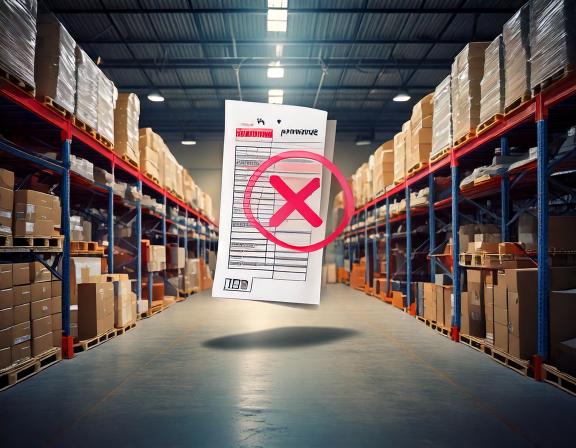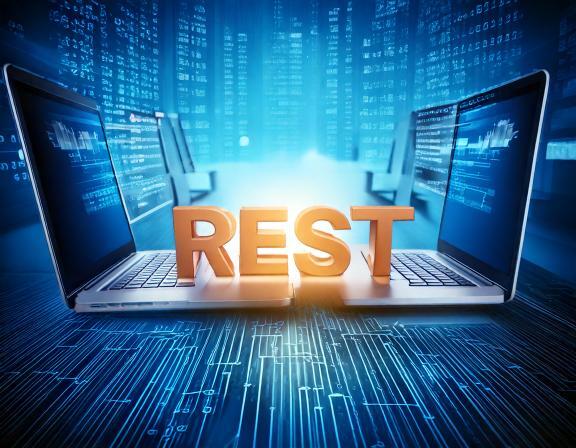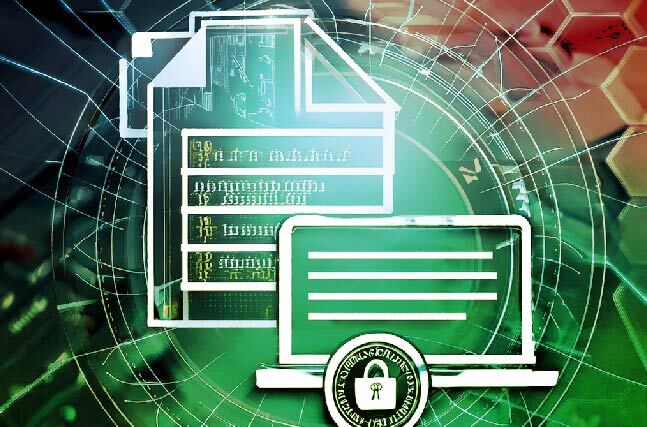MFT Gateway is a hosted Software as a Service (SaaS) solution that enables file exchange over the AS2 or SFTP protocol, without the need to install or maintain.
- Blog
- VAN vs AS2: Which Method is Best for Sending and Receiving EDI Documents?
AS2 | VAN
VAN vs AS2: Which Method is Best for Sending and Receiving EDI Documents?
Discover the key differences between VAN and AS2 for sending and receiving EDI documents. Read our blog to find the best method for your business.

Kumudika Rupasinghe
Published: 01 Aug 2024

Table of Contents
Electronic Data Interchange (EDI) is the standardized business-to-business (B2B) communication mechanism that facilitates companies in different industry sectors to exchange data and documents electronically. VAN (Value-Added Network) and AS2 (Applicability Statement 2) are two primary methods of EDI communication. In this article, I will discuss those two methods and compare them to understand their strengths and weaknesses. Then I will discuss the use cases of each method, so companies can make informed decisions in acquiring a method that best suits their needs.
What is VAN?
A Value-Added Network (VAN) is a private network provider that provides a hosted service offering to facilitate secure and efficient data sharing among trading parties by acting as an intermediary between companies and their counterparties.
Advantages of VAN
Enhanced Security
B2B trading involves the transmission of confidential and sensitive information regularly and data security is a very important factor when using an EDI solution. VANs use encryption and authentication mechanisms to protect sensitive business data from unauthorized access and data breaches, ensuring a secure environment for EDI transactions.
Support for Multiple Protocols
Multiple protocol support is an important factor in B2B EDI transmission. To be compatible with their internal systems, different trading partners may have different protocol preferences or requirements for the integrated EDI system. And some industries rely on older systems that require specific protocols. Therefore the partner may demand for a specific protocol in order to communicate with the counterparty. And since different partners may use different protocols, if the EDI communication platform supports multiple protocols, it will allow businesses to scale and integrate with new partners easily.
Moreover, since some protocols provide enhanced security features, some companies that are under industry-specific compliances and regulations may mandate their trading partners to adhere to such protocols. VANs often support various EDI standards and protocols such as EDIINT (AS2, AS3, AS4), FTP/FTPS, SFTP, and OFTP, increasing flexibility and scalability.
Simplified Setup
VANs handle the complexities of EDI setups, making it easier for businesses to start exchanging documents. VAN manages complex networks of trading partners, simplifying onboarding and communication.
Centralized Control
By acting as an intermediary between trading partners, VANs facilitate a single point of contact for all EDI communications allowing for streamlined management.
Additional Services
VANs often provide services such as data translation, error checking, and archiving, adding value beyond simple data transmission.
Disadvantages of VAN
Cost
VANs can be expensive, with fees for data transmission, onboarding, and additional services. These costs can add up, especially for high-volume transactions.
Dependence on a Third Party
Relying on a VAN means relinquishing some control over the data exchange process.
What is AS2?
Applicability Statement 2 (AS2) is a protocol that enables the secure and direct transfer of EDI documents over the Internet. Unlike VANs, AS2 does not rely on a third-party network provider, allowing businesses to establish direct connections with their trading partners.
Advantages of AS2
Enhanced Security
AS2 uses digital certificates for encryption and digital signatures to ensure data security and integrity. Using certificates, AS2 can sign data to ensure the authenticity of the transmitted data, and can also employ encryption to secure sensitive information during transmission, making it very difficult for unauthorized parties to decrypt the data. AS2 uses acknowledgment receipts to confirm the successful delivery of a message and utilizes it to implement non-repudiation.
Flexibility
AS2 facilitates direct, point-to-point communication between trading partners, eliminating the need for intermediaries. Businesses have full control over their EDI processes and can customize solutions to fit their needs.
Lower Costs
AS2 uses the internet for data transmission, which eliminates third-party fees associated with traditional VAN services, resulting in significant cost savings. However, initial setup and maintenance can incur costs.
Disadvantages of AS2
Complex Setup
Initial setup and configuration can be challenging, requiring technical expertise.
Maintenance Responsibility
Businesses are responsible for maintaining their AS2 connections and ensuring compliance with standards. Digital certificate management could be a difficult task if the business has many trading partners.
Use Cases
VAN
- Small to Medium-Sized Businesses: AS2 requires technical expertise for setup and configuration, potentially posing challenges for smaller businesses. Companies lacking technical expertise can benefit from VANs’ managed services. VAN handles scaling by managing increased transaction volumes and adding new trading partners seamlessly, simplifying EDI implementation.
- Complex Trading Networks: Businesses with extensive networks of trading partners can simplify management with VANs.
- Industries with Specific Compliance Requirements: VANs can handle industry-specific EDI standards and compliance needs.
AS2
- Cost-Conscious Enterprises: Businesses looking to reduce EDI costs can benefit from AS2’s direct internet-based communication. AS2 is generally more cost-effective in the long run, particularly for businesses with high transaction volumes.
- Companies with IT Expertise: Organizations with in-house IT teams can leverage AS2 for flexible, customizable EDI solutions. In the security POV, both VAN and AS2 offer robust security, but AS2 provides more control over security configurations. So, if the company has a dedicated IT team with the expertise to customize security controls, AS2 could be the best method.
- Real-Time Data Exchange Needs: Industries requiring real-time data processing can benefit from AS2’s direct communication capabilities.
Key Points
Both VAN and AS2 offer unique benefits and challenges for EDI document transfer. VANs provide a managed, secure, and scalable solution with added services, making them ideal for businesses seeking simplified implementation. However, they come with higher costs and reliance on third parties. On the other hand, AS2 offers cost-effective, secure, and flexible EDI communication by allowing direct connections between trading partners. It may require technical expertise and maintenance but provides businesses with greater control over their EDI processes. Ultimately, the choice between VAN and AS2 depends on the specific needs and resources of your business. By considering factors such as cost, security, scalability, and ease of implementation, businesses can select the method that best aligns with their EDI strategy and operational requirements.

Talk to an EDI Expert
Join hundreds of organizations already taking full control of their B2B AS2 communications with our trusted solutions. Contact us today to tailor a solution that fits your specific AS2 EDI needs.
Related Articles
View All BlogsExplore our product stack
Try before you buy with a 30-day Free Trial
No commitment, all value. Try the AS2 Solution Risk-Free and discover how our solutions can transform your business workflows. No credit card required.
Explore Your Possibilities
Elevate AS2 Communications with our EDI and AS2 Solutions
See how our AS2 and EDI solutions can simplify your integrations, boost efficiency, and keep you compliant—request a personalized demo today.


